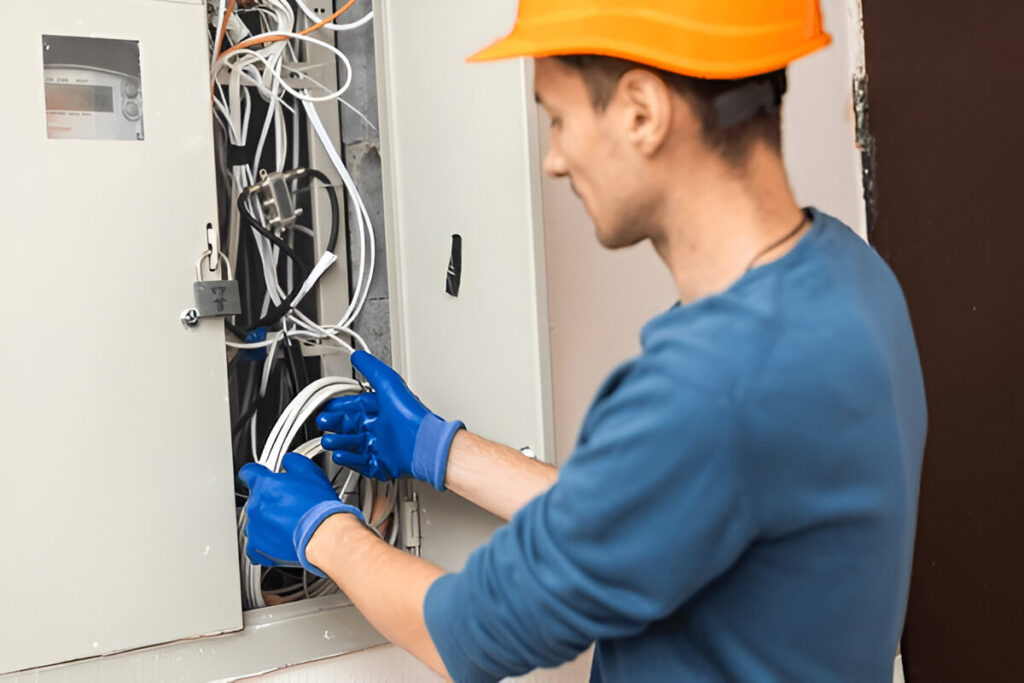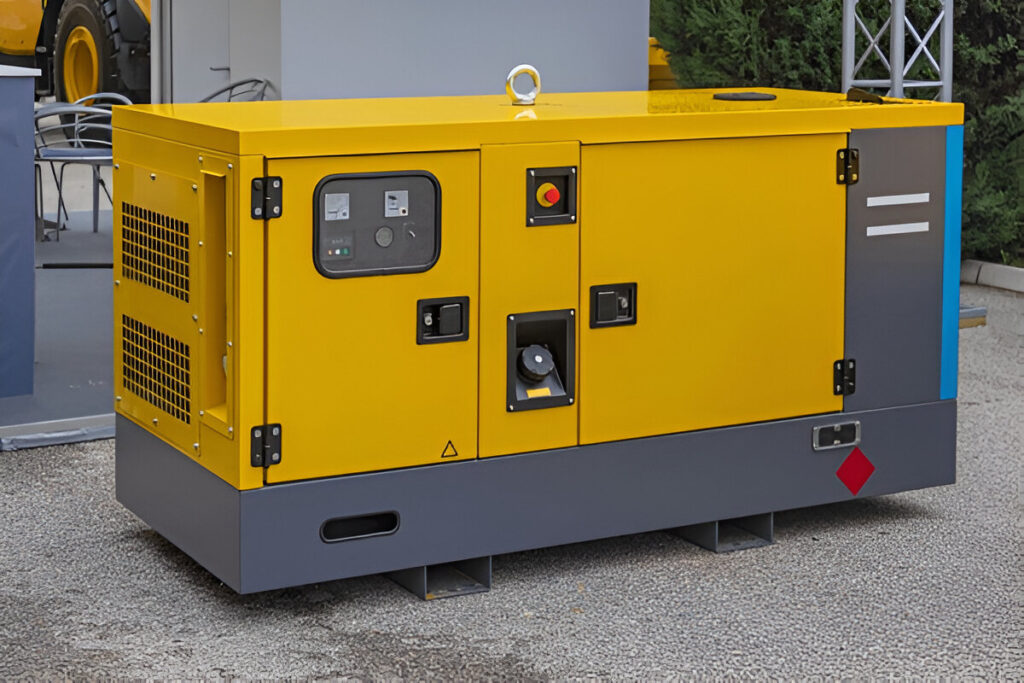Running a diesel generator offers reliable power—especially in remote areas or during outages—but it also comes with environmental costs. Generator emissions, particularly carbon dioxide (CO₂), nitrogen oxides (NOx), and fine particulate matter, can contribute significantly to air pollution and climate change.
If you’re using diesel-powered equipment regularly, it’s essential to understand how to reduce and offset those emissions to stay compliant, environmentally responsible, and efficient. In this blog, we’ll break down practical, proven ways to minimize your generator’s carbon footprint without sacrificing performance.
What Are Generator Emissions?
Generator emissions refer to the harmful gases and particles released during diesel combustion. These include:
- Carbon Dioxide (CO₂): The primary greenhouse gas produced during fuel combustion.
- Nitrogen Oxides (NOx): These contribute to smog and respiratory issues.
- Particulate Matter (PM): Tiny particles that can harm lung health and reduce air quality.
The amount of emissions varies by generator size, fuel type, maintenance, and load level. Newer models tend to emit less, especially those built to EPA Tier 4 or equivalent Canadian standards.
Step 1: Upgrade to a Low-Emission Generator
One of the most effective ways to offset generator emissions is to start with a more efficient machine. Modern diesel generators use cleaner-burning engines, electronic fuel injection, and exhaust after-treatment systems.
Brands like Cummins generator Canada and Caterpillar generator company offer diesel units engineered for reduced emissions and higher fuel efficiency.
Upgrading to a newer model can cut emissions by 40% or more, especially when replacing older, unregulated equipment.
Step 2: Use Bio-Diesel or Blended Fuels
Switching from traditional diesel to biodiesel or renewable diesel blends can greatly reduce carbon output. These fuels are made from natural, renewable sources like vegetable oils or animal fats.
Biodiesel blends (e.g., B20 or B100) can:
- Lower carbon emissions by up to 80% depending on the blend
- Work with most standard diesel engines without modification
- Reduce sulfur and particulate emissions
Before switching, confirm that your specific diesel motor generator model is approved for biodiesel use.
Step 3: Install an Emission Control Device
Advanced after-treatment technologies such as Diesel Particulate Filters (DPFs), Selective Catalytic Reduction (SCR), and oxidation catalysts can capture or convert pollutants before they exit the exhaust.
While these may increase initial costs, they significantly reduce generator emissions, improve air quality, and help meet local environmental regulations.
Step 4: Offset Remaining Emissions
Even after upgrades and cleaner fuel, you may still produce some unavoidable emissions. That’s where carbon offsetting comes in. Offset programs allow you to invest in verified environmental projects that reduce or capture carbon elsewhere—such as:
- Reforestation programs
- Renewable energy installations
- Methane capture and reuse
Many commercial businesses using diesel fueled generators choose this approach to stay carbon-neutral, especially for projects requiring sustainability reporting.
Step 5: Improve Maintenance and Load Management
Keeping your generator in top condition can also reduce emissions significantly:
- Replace air and fuel filters regularly
- Conduct load bank testing to prevent “wet stacking”
- Monitor and fix leaks or inefficient combustion
In addition, using a generator enclosure that shields the unit from harsh weather can improve fuel efficiency and performance.
Step 6: Consider Hybrid Systems
For businesses and remote locations, combining diesel generators with solar panels or battery systems can reduce runtime and fuel consumption. The generator acts as a backup, while clean energy handles the base load.
This hybrid approach not only reduces generator emissions, but it can also lower operating costs over time.
Final Thoughts
Addressing generator emissions is no longer optional—it’s a smart, forward-thinking approach to using power responsibly. Whether you run a farm, a remote construction site, or simply rely on backup power at home, there are steps you can take to reduce your environmental impact.
By choosing a low-emission generator, switching to biodiesel, investing in offsets, and maintaining your system properly, you can reduce pollution and even meet net-zero goals without losing power security.
Looking to upgrade or optimize your current system? Explore our reliable line of generators for sale that offer high performance with lower emissions.





